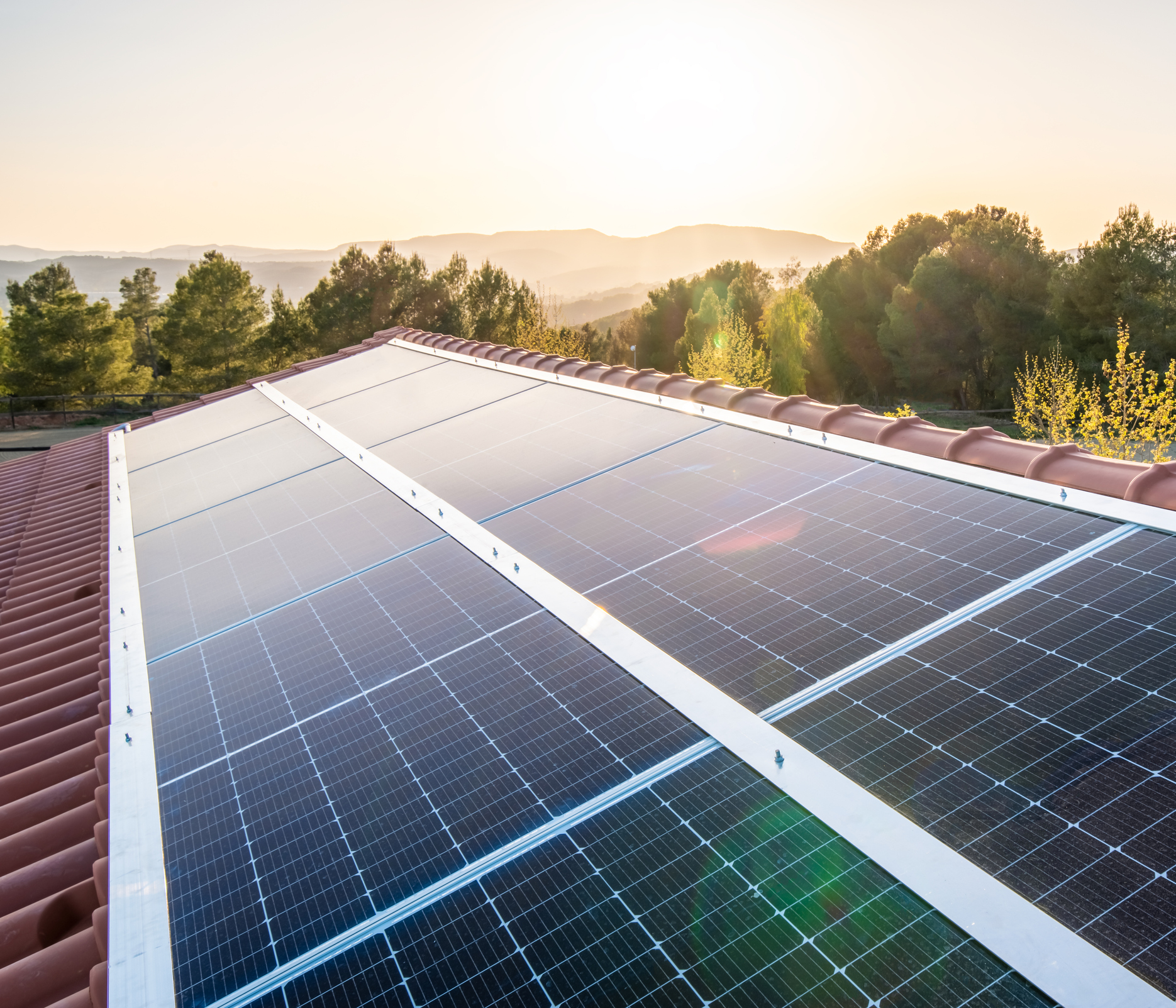Our long term aim is to reduce the amount of energy consumed by the School and therefore lower our carbon footprint.
The long term strategy for the Bromsgrove sites is linked to a project being led by Bromsgrove District Council to introduce a Central Heat Network using ground source heat pumps as a sustainable source of energy. We are working with the Council to discuss the feasibility of this long term solution.
In the interim, our strategy is to seek sustainable solutions whenever we build new buildings or undertake significant refurbishment or maintenance (subject to capital constraints).
Our primary aim will always be to seek to enhance the thermal performance of the building and our secondary aim will be to instal sustainable energy sources for heating and lighting.
Our Achievements so far
100% of the electricity supplied from the grid across the four School sites comes from renewable sources.
The thermal efficiency of Elmshurst, Cobham and Webber have been improved through recent refurbishment projects. Exterior walls and roofs have been insulated and high performance windows have been installed. The ongoing refurbishment of Wendron Gordon also involves insulating the roof and installing new windows to avoid heat loss.
Our strategy is to seek sustainable heating and lighting solutions whenever possible. Recent improvements include:-
• Routh Music Hall – all heating is provided from an air source heat pump.
• Elmshurst – a separate air source heat pump has been introduced for staff accommodation.
• Wendron-Gordon – Solar thermal tubes have been added to the annexe roof ensuring that two thirds of the hot water used for showers comes from solar energy.
An LED lighting replacement programme has commenced. In the Senior School, all of the lighting in the Humanities block, the Wendron Gordon boarding house, Millington, Café 1553 and the CCF have been converted to LED. The Senior School new astroturf and tennis courts lighting has also been changed to LED.
The Estates department have a Building Management system (Trend) which allows them to centrally control maximum temperatures for heating systems. Currently 72% of our buildings are on this system. Smart meters are also installed across the site.
Plant rooms have been reviewed and additional lagging has been installed.
We have data for each School building of both the gas and electric carbon emissions. By sharing this data with the community, we hope that this will provide additional focus in driving our emissions down. We have 80 buildings – the charts show the 10 highest usage buildings with the other 70 combined within the orange band.
.jpg)

Our Plans for the Future
With regard to our current building developments:
• The Senior School Dining Hall is the second highest user of electricity across the School sites. A solar array is to be installed in the 22/23 academic year on the Dining Hall roof to enable c15% of the electricity to be provided from a sustainable source.
• The Senior School Swimming Pool is the highest user of both gas and electricity across the four sites. We are exploring opportunities to reduce the carbon footprint of the pool including the possible installation of a solar array and an air source heat pump. This will be a high priority for the 23/24 academic year. In the meantime, we will instal inverters on to the boilers to reduce energy use.
• Winterfold Penryn Hall – plans are being developed for a new School hall. These will include a sustainable heat source in order that Winterfold can reduce its dependence on oil.
• Page House requires external maintenance to the cladding and windows of the “White building”. The windows will be replaced with new energy efficient double glazed units and the cladding is to be replaced with a sustainable Living Green Wall.
• Laundry and Grounds – both of these buildings have been identified as future net zero buildings. Plans will be developed to consider options.
The LED replacement programme will continue. In the 22/23 academic year, all lighting in Kyteless, the Sports Arena and the Administration block will be changed. We will continue to comply with all ESOS and SECR reporting requirements.
We will review all radiators around the School and add temperature monitoring valves where possible to allow local control (maximum temperatures will be set by BMS).
We aim to undertake thermal image surveys and obtain EPC ratings for our buildings to ensure that we remain focussed on the highest priorities.